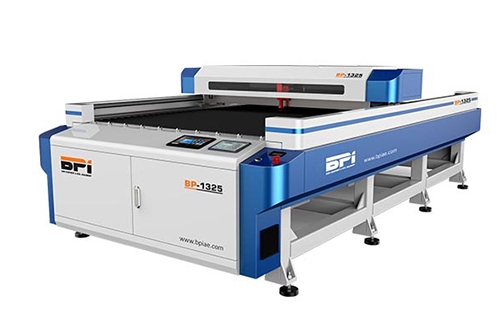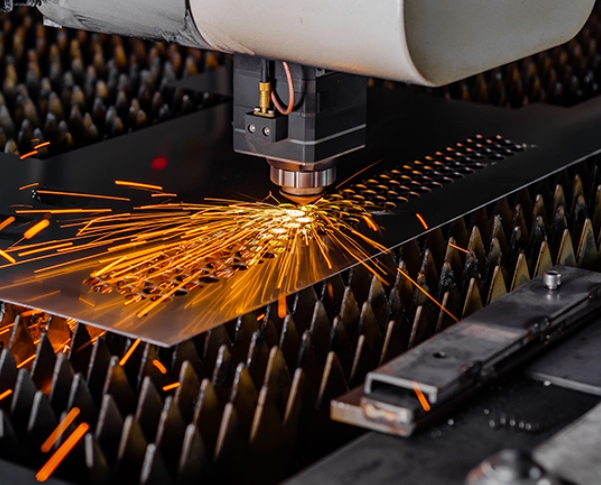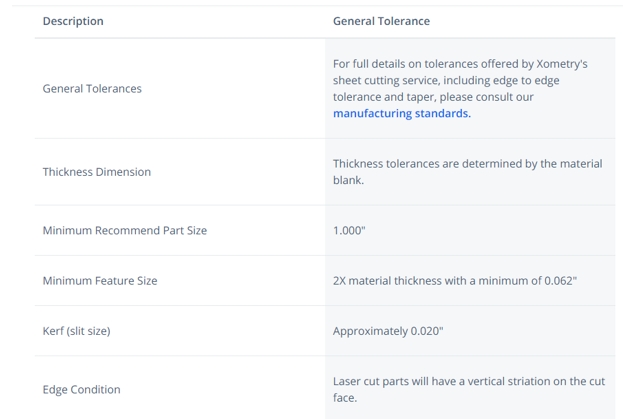Touch With US
JY has over a decade of providing one-stop metal shop fixture solutions for all industry needs. With rich experience, we have a deep understanding of the unique challenges and requirements of our customers. Our expertise in sheet metal fabrication and precision laser cutting allows us to offer cost-effective solutions for a wide range of industries, including the construction industry and electronics manufacturing
Phone Numbers :
(+86)15824570885
Location Address :
Shanghu Town,Changshu City,Jiangsu ,China
Email Address :
john@shopfittingmanfuacturer.com
CONTACT US
Our team is ready to answer all your questions.










